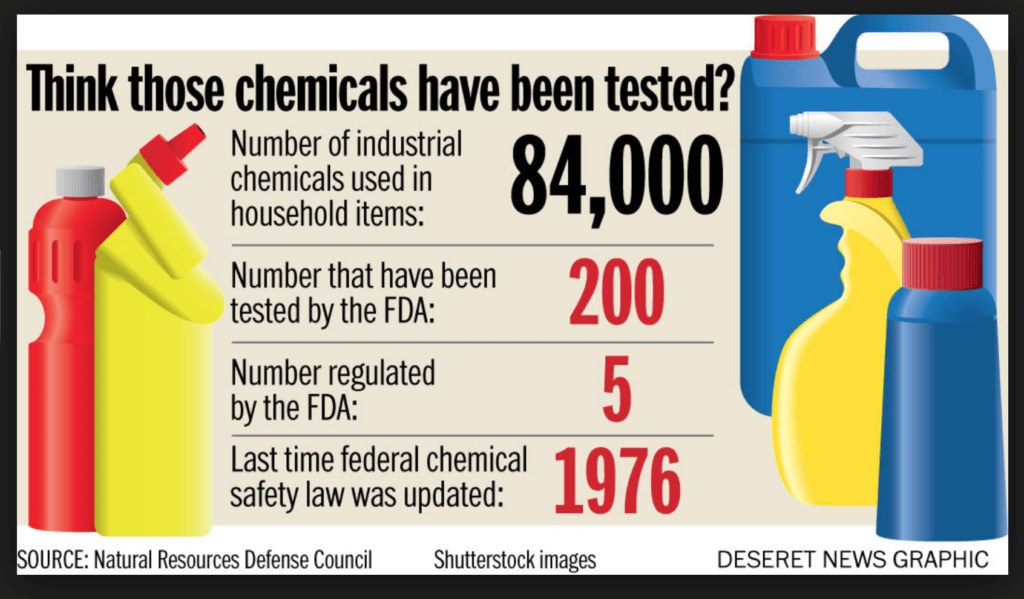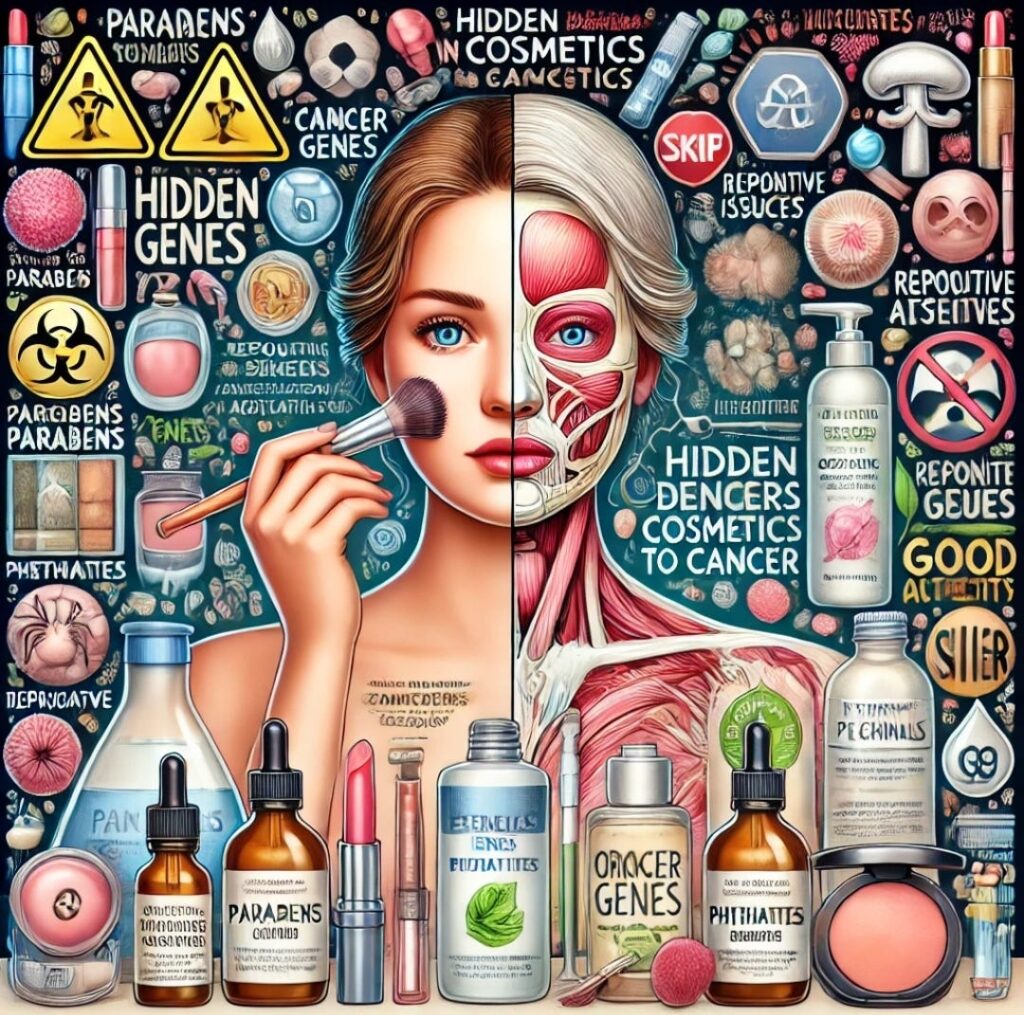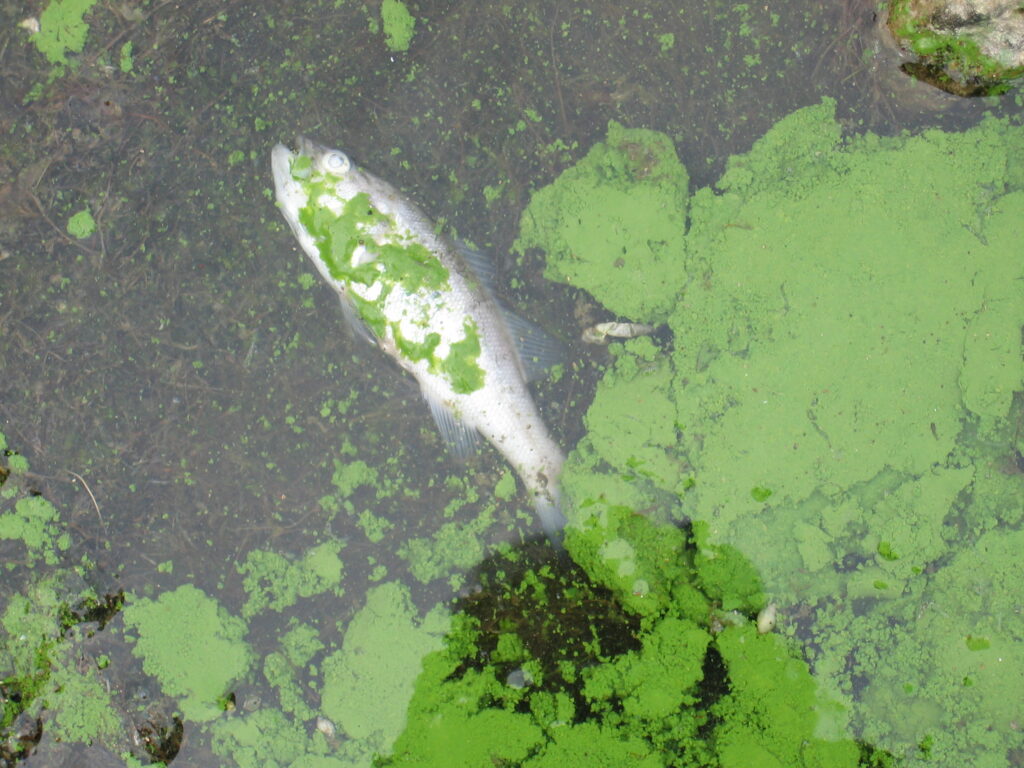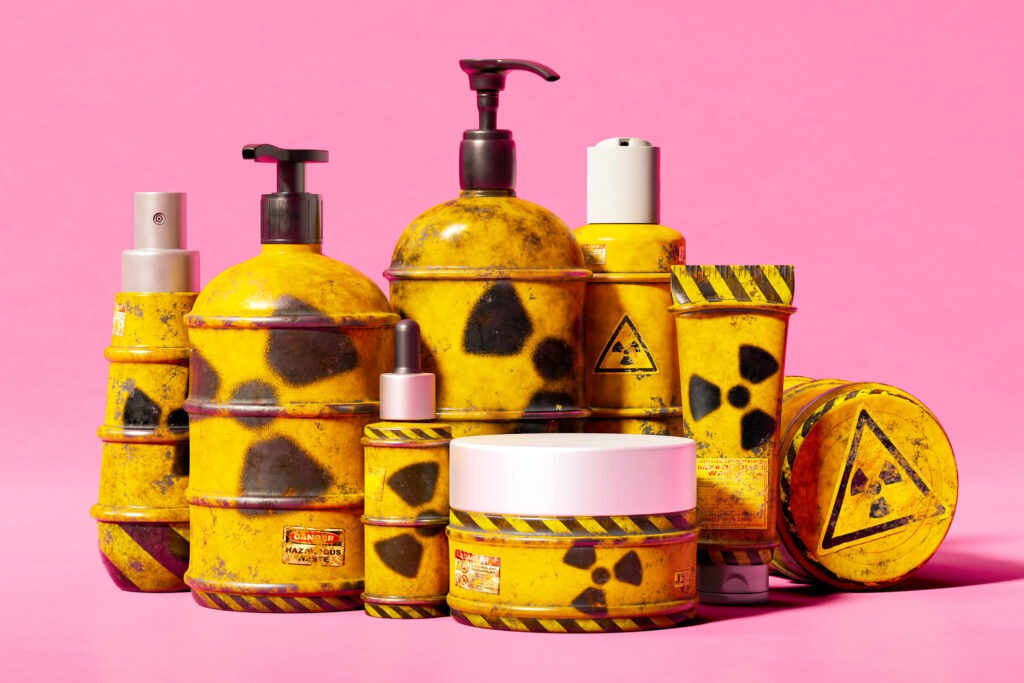Toxic chemicals are everywhere—from the products we use daily to the very air we breathe inside our homes. Despite their ubiquity, most of these substances remain untested and unregulated, posing severe risks to human health and the environment. This article delves into the issue of toxic chemicals in consumer products, the systemic failures that perpetuate their use, and the efforts to address the problem.
Key Statistics and Facts:
- Of the 84,000 chemicals in circulation today, only 1% have been tested for safety.
- Manufacturers often exploit legal loopholes to withhold critical ingredient information, such as the “fragrance loophole.”
- Exposure to toxic chemicals is linked to health issues including cancer, diabetes, heart disease, birth defects, and infertility.
- Toxic chemicals, such as PFAS (per- and polyfluoroalkyl substances), persist in the environment and accumulate over time, earning them the nickname “forever chemicals.”
- U.S. regulatory frameworks lag behind international standards, with the European Union banning over 1,300 chemicals in cosmetics compared to just 11 in the United States.

- Lack of Testing and Regulation
The United States employs a reactive regulatory approach, often allowing chemicals to circulate until they are proven harmful. This “innocent until proven guilty” mindset contrasts sharply with the European Union’s precautionary principle, which requires companies to prove a chemical’s safety before it can be marketed. The 1976 Toxic Substances Control Act (TSCA) offered limited regulatory authority and grandfathered in over 80,000 chemicals without requiring safety assessments. Even with amendments in 2016, progress has been slow, and significant gaps remain.
- Consumer Misinformation
Consumers are frequently misled by marketing tactics such as greenwashing, where products are labeled as “natural” or “eco-friendly” without substantive proof. The “fragrance loophole” allows companies to hide a cocktail of harmful chemicals under a single ingredient label—”fragrance.”
- Cost Efficiency Over Safety
Many companies prioritize cost efficiency and product effectiveness over consumer safety. U.S. brands often formulate safer versions of their products for international markets due to stricter regulations abroad, while continuing to sell less-safe versions domestically.

Health and Environmental Consequences:
Health Impacts
Exposure to toxic chemicals occurs through inhalation, ingestion, and skin contact. These substances have been linked to:
- Cancer: Increasing cancer rates, such as breast cancer, correlate with rising chemical production.
- Reproductive Issues: Chemicals like PFAS are found in the blood of nearly all Americans, including newborns, and are linked to birth defects and infertility.
- Endocrine Disruption: Endocrine-disrupting chemicals (EDCs) interfere with hormone functions, causing developmental, metabolic, and neurological issues.
Environmental Impacts
Toxic chemicals are major contributors to environmental pollution, affecting water sources, marine life, and ecosystems. For instance, PFAS contamination in water has created widespread health and ecological crises, while agricultural runoff leads to harmful algal blooms that devastate aquatic life and increase water treatment costs.
What Can Be Done?
For Consumers:
- Join the Movement: Take control of your health by enrolling in a toxic-free coaching program to learn how to make safer choices for you and your family.
- Swap Where You Shop: Partner with companies like We The Patriots Shop to access non-toxic, eco-friendly products that prioritize your well-being.
- Advocate: Demand transparency and stronger regulations from policymakers and brands to hold them accountable for the safety of their products
For Policymakers:
- Adopt the Precautionary Principle: Shift the burden of proof to manufacturers.
- Strengthen TSCA: Close loopholes and enforce stricter testing requirements.
- Increase Funding: Allocate resources for chemical safety research and enforcement.
Conclusion:
The widespread use of toxic chemicals in consumer products underscores systemic failures in regulation, corporate responsibility, and consumer awareness. A few organizations are making strides in combating this issue, but significant challenges remain. By educating ourselves, advocating for change, and supporting safer alternatives, we can reduce exposure to harmful chemicals and protect both human health and the environment.

